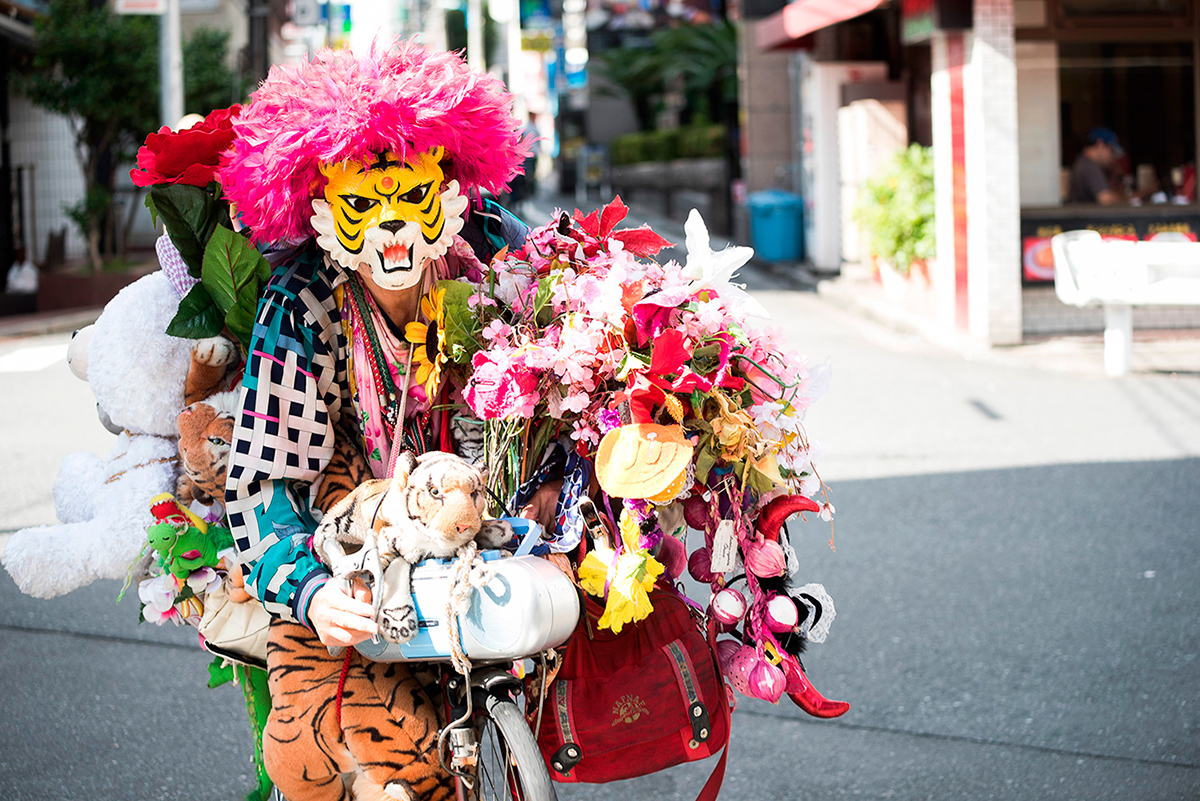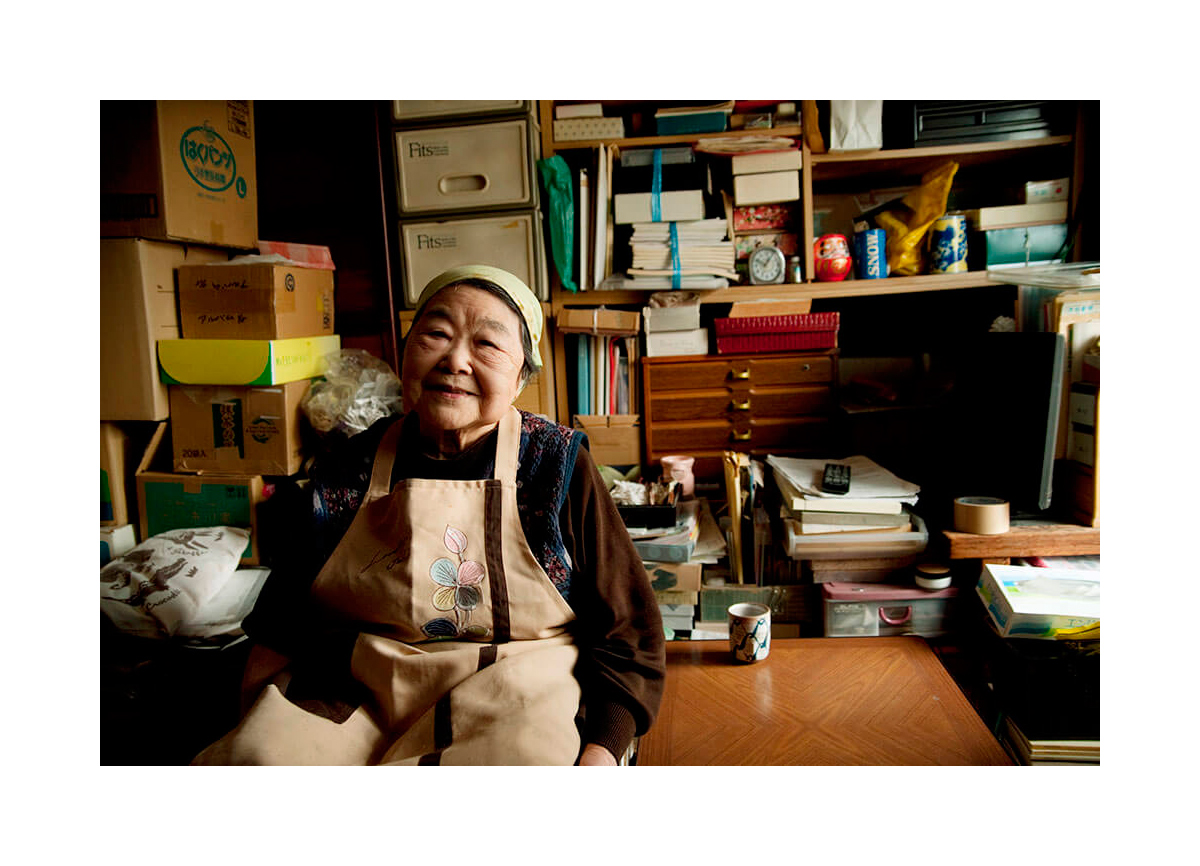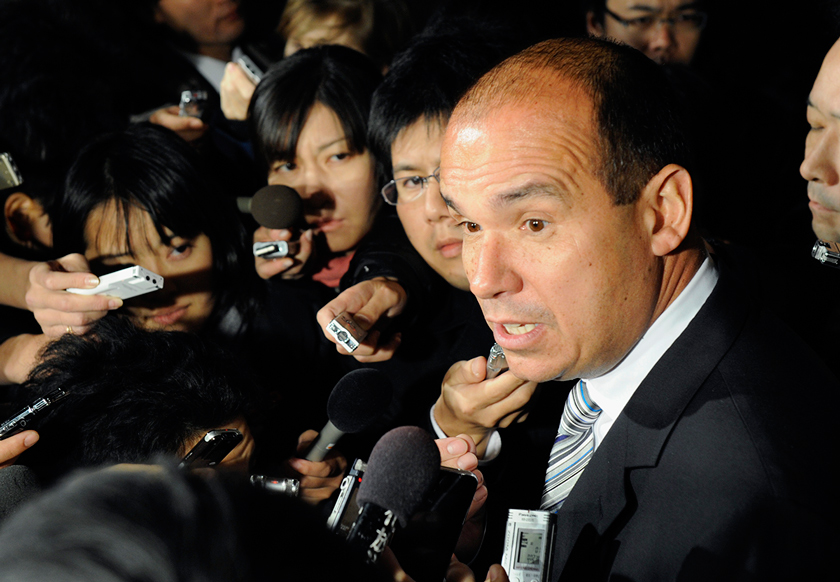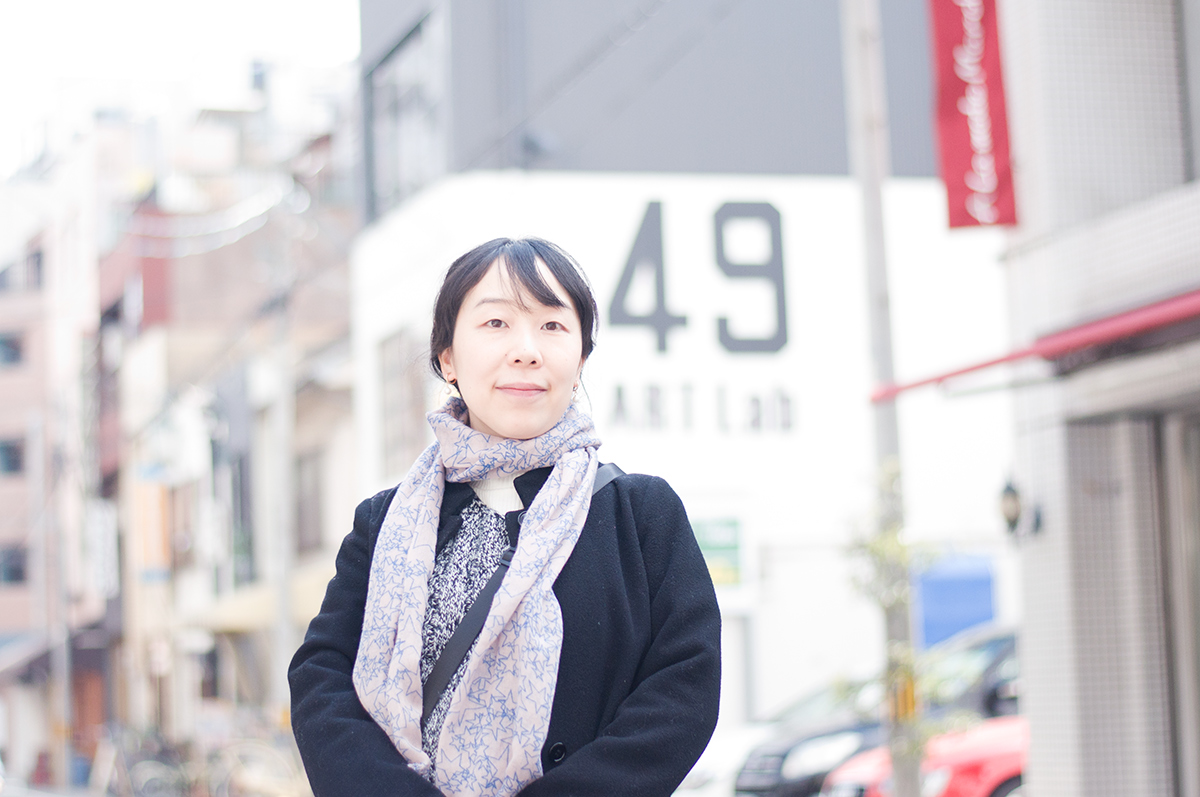Shinjuku Tiger
Shinjuku, Tokyo’s leading entertainment district. From the 1960s to the 1970s, Shinjuku was the epicenter of social movement. Now, an old man people call “Shinjuku Tiger” exists there. Wearing a tiger mask and gaudy clothing, he can be seen walking all over Shinjuku each day. In 1972, when Shinjuku Tiger was 24-years-old, he determined to live as a “tiger” until he dies. What happened to him in 1972? Through interviews with the staff at a newspaper distributor where he works; personnel from Tower Records which used him in posters for the 1998 grand opening of Tower Records Shinjuku as well as the store’s renewal in in 2012; and shopkeepers in the Golden Gai district among others, the film uncovers the true purpose hidden underneath the tiger mask, and the important role the town of Shinjuku has played. A graduate of the University of Southern California film school, director Sato Yoshinori has directed two independent movies which have played throughout Japan (at self-run, alternative venue screenings) and abroad. This is his first feature documentary which looks …




